A.K.A. the Land of Cush and Abyssinia, the Amazing 3-million Year Old Lucy, the Kung Fu of Master Teshome and the Art of Life
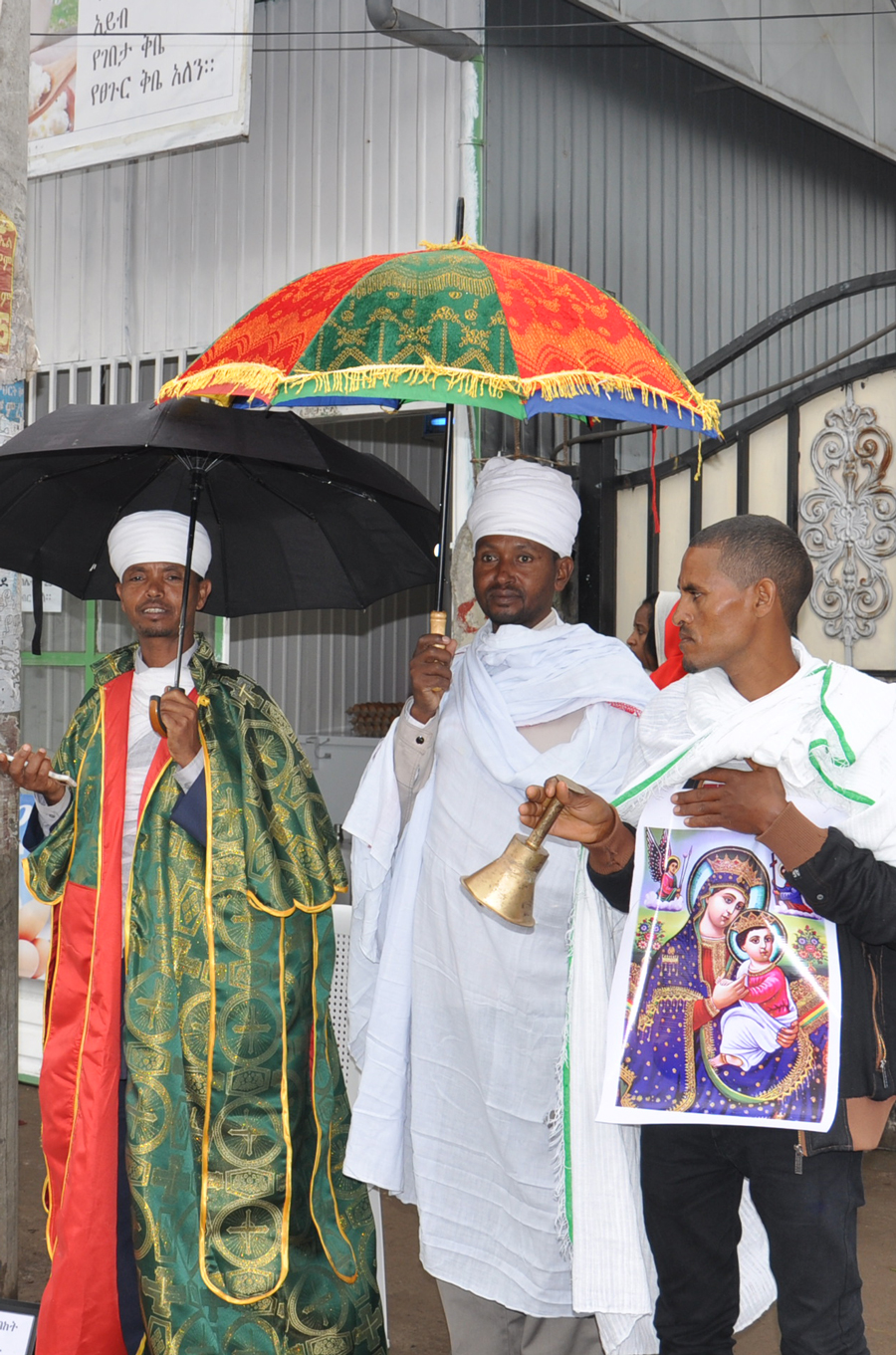 During the past three years I’ve traveled pretty much of the land Silk Roads, including China (where I’ve lived for the past 10 years), Kazakhstan, Kyrgyzstan, Uzbekistan, Turkmenistan, Azerbaijan, Georgia, Turkey, Afghanistan, and Pakistan) and last summer even made it to the beautiful Maritime Silk Road nation of Qatar, visiting, photographing, interviewing and sometimes training with their masters and students of Kung Fu. I’m a long way from finishing my Silk Road travels, however all kinds of good news coming from Ethiopia recently caught my attention. I read Ethiopia has a new Prime Minister. Abiy Ahmed became the first Oromo (Ethiopia’s largest ethnic group) to be elected to that post in April and subsequently introduced a number of reforms including ending a long-standing war with Eritrea, the release of jailed dissidents, the unblocking of websites and introduced numerous policies to liberalize the economy.
During the past three years I’ve traveled pretty much of the land Silk Roads, including China (where I’ve lived for the past 10 years), Kazakhstan, Kyrgyzstan, Uzbekistan, Turkmenistan, Azerbaijan, Georgia, Turkey, Afghanistan, and Pakistan) and last summer even made it to the beautiful Maritime Silk Road nation of Qatar, visiting, photographing, interviewing and sometimes training with their masters and students of Kung Fu. I’m a long way from finishing my Silk Road travels, however all kinds of good news coming from Ethiopia recently caught my attention. I read Ethiopia has a new Prime Minister. Abiy Ahmed became the first Oromo (Ethiopia’s largest ethnic group) to be elected to that post in April and subsequently introduced a number of reforms including ending a long-standing war with Eritrea, the release of jailed dissidents, the unblocking of websites and introduced numerous policies to liberalize the economy.
Digging a little further back in time I found out the Tigray region in the north of Ethiopia is the original home of The Queen of Sheba, who as everyone knows married King Solomon in Jerusalem. They had a son, Menyelek, who after traveling back to Jerusalem as a young man carried off the Covenant of the Arc back to Tigray where it remains to this day in a treasury near the Church of Our Lady Mary of Zion, in the extremely ancient capital city of an enormous ancient empire called Axum. Hmm. That’s interesting!
My research also showed that Ethiopia along with Sudan was once called the Land of Cush (yes, of Biblical fame) with “Cush” meaning “Black” and the name was changed to “Abyssinia” by of all people, the Greeks. As if all that wasn’t enough to lure me back to our collective motherland during summer vacation I also read that our great, great, great, etc. grandmother Lucy, a most excellent three-million-year-old lady, was to be found residing in the national museum of Ethiopia in Addis Ababa. However,t he frosting on the cake was the discovery that Ethiopia is on a most ancient road system called the Trans-Saharan Trade Route, which may actually be millions of years old as pre-humans wandered west and north out of the Horn of Africa long before our earliest human ancestors did a mere 60,000 years ago.
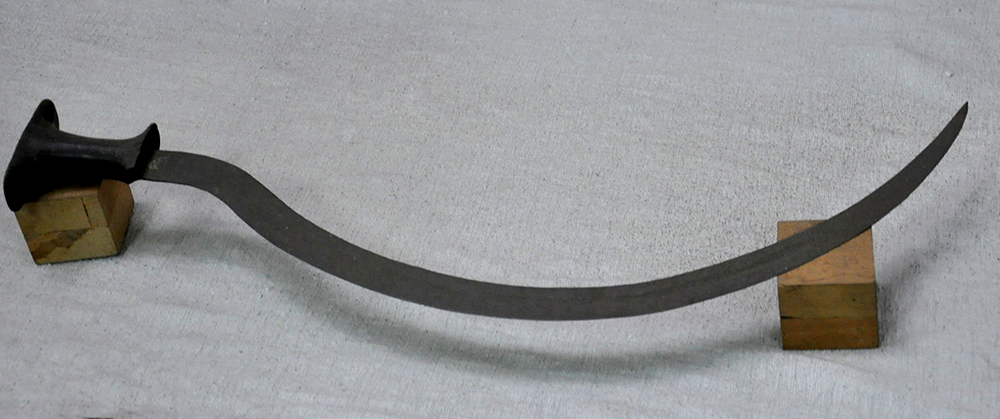
Coming Home
I arrived in Addis Ababa, the capital city of Ethiopia about 7:00 AM on July 22nd. For those not familiar with this exceptionally lovely nation, it is located in the Horn of Africa with Somalia and Djibouti to the east and northeast, Eretria and Sudan to the north and northwest, South Sudan to the west, and Kenya to the southwest. It’s a mountainous country that was not colonized along the rest of Africa in the bad old days, and today for whatever reason appears to have some of the happiest people I’ve ever seen anywhere in spite of the challenges of a relatively high rate of poverty.
I arrived on Ethiopian Airlines from Singapore aboard a “Boeing 787 Dreamliner.” Ethiopia is the first African nation to use this - the newest most luxurious commercial aircraft that features more cabin space, larger overhead compartments, the “largest windows in the sky,” more leg room, controlled humidity (a little more moist than other airplanes that have notoriously dry air) and state of the art on-demand Audio and Video services with 15.4 inch IFE screens and 85 channels in Cloud Nine and 80 different channels (!!!) So it was a smooth, comfortable entertaining flight, and yep, basking in immense luxury I even slept pretty wel. That was only the first of many surprises on this trip.

Wukro Nejashi - Vibrant Green Farm Land in Ethiopia.
Immigration was easy because Ethiopia has visa on arrival for people from a whole bunch of different countries. I was a bit nervous when it came to customs because I had 20,000 Chinese Yuan which is about $3,000 and three crisp new one hundred US dollar bills, which just put me over the cash limit and I had to declare my cash. Luckily the customs officer didn’t seem worried about it and simply gave me some official receipt paper and invited me to have a good vacation! Why carry such a vast fortune in cash? I was planning on going up north to some more rural areas in the ancient Tigray region where they might not accept MasterCard. One hundred dollars by the way is enough to get a rather huge stack of Ethiopian Birr, their money by the way, which does sound rather a lot like “beer.”
Stepping outside the airport in the early morning I was pleasantly surprised because it was deliciously cool out, maybe 60 degrees or so. Even though Ethiopia is just slightly north of the equator, Addis Ababa is in the highlands about 1.4 miles above sea level. It rains briefly every day this time of year and is partly cloudy the rest of the time, a big relief for me because Beijing was experiencing record-breaking blistering heat and steamy weather this summer.
The hotel I booked was close to the airport and has free airport pick-up so I checked in only about 20 minutes later. Wow! I am back home in Africa, so cool! Back home? That’s a no-brainer really. If there’s an Eden, this is probably it.
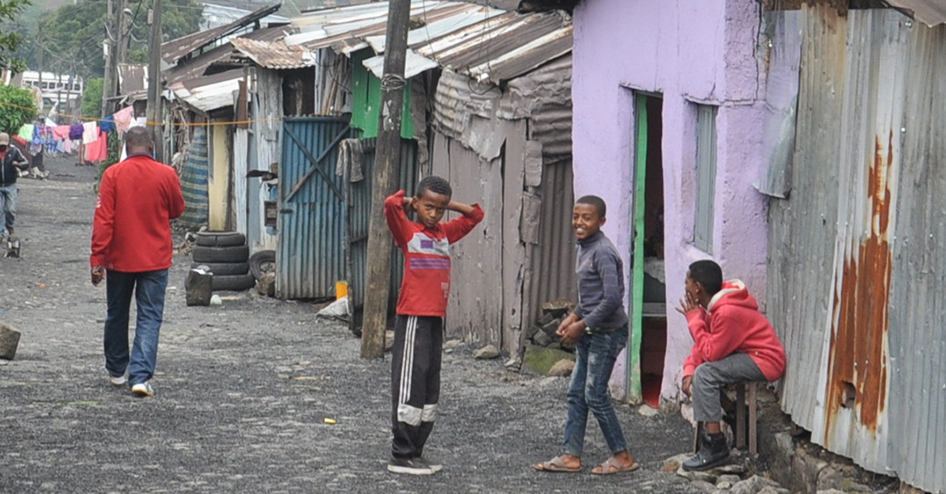
Most of us westerners think of Ethiopia in regards to droughts and starving people but I traveled around the country quite a bit and saw nothing but green landscapes, carefully terraced mountains and hills for farming, lovely villages with stone houses and apartment buildings, shops of all kinds, etc. This is not to say poverty isn’t a problem there, it certainly is, Ethiopia is also host to around a million refugees (actually 923,863 as of June 30, 2018 according to UNHCR) from 19 different countries, including South Sudan (48%), Somalia (28%), Eritrea (18%) and Sudan (5%). Most villages still don’t have electricity and consequently most Ethiopians don’t eat meat except on special occasions. And yet, driving around in taxis I took a thousand photos and the percentage of smiling people I saw was nothing less than astonishing. True, there are beggars, lots of them especially around the new downtown area, but still on the average, based on a random sampling of photos from taxis, most people appear to live with dignity and for the most part appear pretty happy.
Ethiopia is a deeply spiritual country; it became a Christian country in the 4th Century, that is before Roman Emperor Constantine, and has a devoutly religious philosophy usually called Ethiopian Orthodox Tewahedo Christianity although about 19% of the people belong to other Christian denominations principally Protestant. About 34% of the people here are Muslim with most being Sunni. Really all three major Abrahamic religions have deep roots in Ethiopia, though most of the Jewish community left around the founding of the modern Israel. Although Rastafarianism (also considered to be an Abrahamic religion) started in Jamaica, it became quite popular in Ethiopia during the reign of Emperor Haile Selassie (1930 - 1974), still popular in spite of the peasant’s revolution that eventually overthrew his government. Wow! Life is pretty complicated, but like the Chinese perhaps, Ethiopians seem to be able to see both sides of things and people. Incidentally Rastafarians are given free residency cards here. Ethiopia is a truly diverse and amazing place!
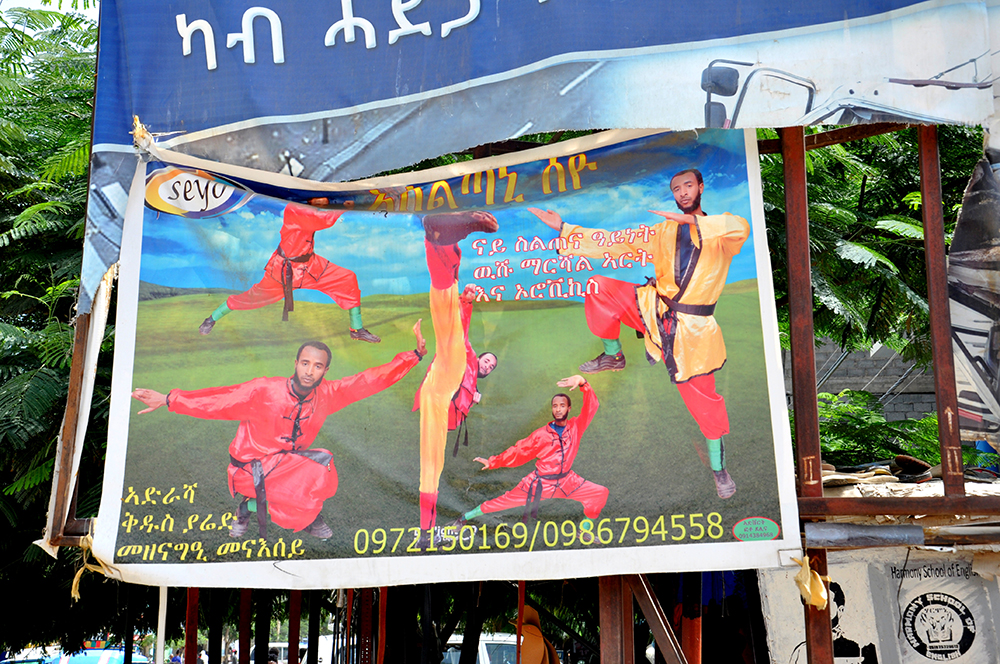
Kung Fu Classes Poster in small town Wukro.
Kung Fu In Addis Ababa
My first introduction to the wonderful world of Wushu Kung Fu in Ethiopia was via a most excellent gentleman named Adisu, who is the coach of the National Taekwondo Team and founder of the WTF Federation. He started his martial arts training here some 30 years ago with Wondemu Belehu, the Grandfather of Kung Fu in Ethiopia. It seems the top martial artists here pretty much all know each other and are good friends. Everybody helps each other which is really nice. Ethiopian people - based on my short time here - are very friendly and easy going.
Adisu gave me the phone number for Tofik, one of the Ethiopian Wushu Federation’s coordinators who was so kind as to meet me at my hotel and take me to lunch at Bella’s Italian restaurant on a small unassuming nearby street. There we met another instructor Teshome (pronounced “Te-Show-Mei”) and I got to learn about the thriving Wushu scene here in Ethiopia. With over 300 clubs around the country, and an average of about 50 students per club, it appears they have around 15,000 students nationwide. Virtually every small town here has a Wushu club. I know because I traveled in rural areas and visited some rather small towns and villages, and met, for example Master Seyo in a small dot of a village called Wukro. He was easy to find because of the large color signs on the village main street advertising Kung Fu classes. They have national Wushu Kung Fu tournaments in Ethiopia annually but don’t compete in International competitions much simply because of a lack of money.
Here in the Capital city they have 25 clubs each with their own head instructors though only Tofik is a registered international referee. He’s been to China twice, with the first time attending Shanghai Sports University and the second, the Zhengzhou Physical Education University for six months. Those familiar with Songshan Shaolin will recognize Zhengzhou as the nearest city to the famed Shaolin Monastery, home of Bodhidharma - called “Damo” in Chinese. Consequently he had time in China to study several different styles of Kung Fu including Shaolin and Yang style Tai Chi.
During the past five years, some 35 coaches from Ethiopia have gotten scholarships to train in China and they have more than 100 Level I and Level II national referees. (International referees are ranked A, B and C). I learned that Tofik is 43, married and has two children, a girl 17 and boy age 12, whereas Teshome is 35 and not married yet. Both look like super athletes, slim and powerfully built also both have a good sense of humor and kind hearts. During our chat Tofik wrote a list for me illuminating the lineage of great African Kung Fu masters in Ethiopia including Wondemu Belehu (wrote at least one book and is now living in the U.S., Maru Zeleke, Ferehinot Shetay, Ephrem Assef, and Elias Zemedkum.
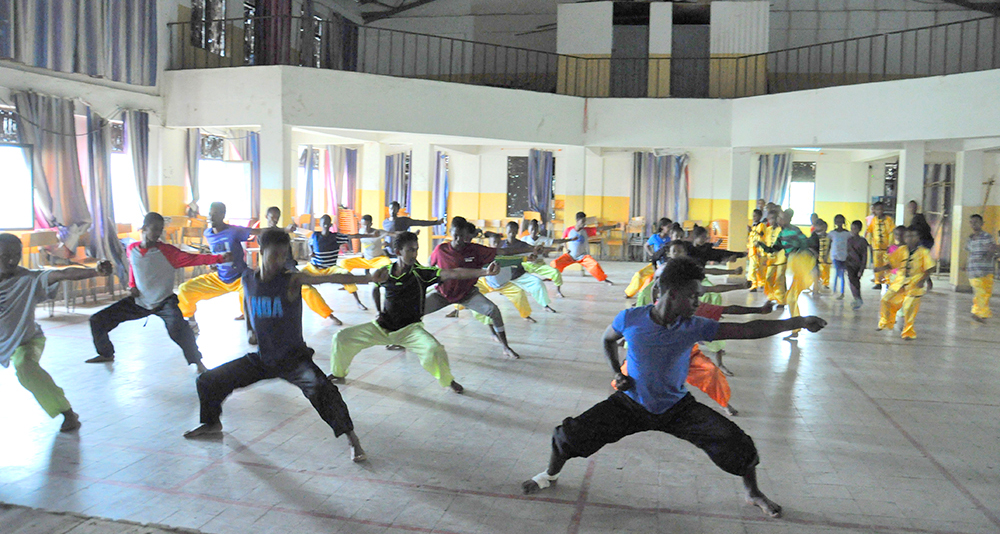
The Kung Fu Club of Teshome
After lunch I went with Teshome to his club which operates in a large older gym in a school about a 20 minute drive away. I asked if they had any clubs closer to the new downtown area where I’m staying, but alas, the rent is too high here.
Once we got there, we went to his small office first located under some stairs. There he pulled out his notebook computer and put some great photos of his club members on a USB for me which was very helpful. Then we went into the large older gym and found about 35 kids aged 8 to 15 and a few adults all ready for class.
Like usual I volunteered and then led a warm-up stretching exercise from Yoga I’d learned that is great for martial arts because it includes stretches for the whole body including left, right and center splits. And then we did some Wushu kicks including crescent, spinning crescent, and jumping spinning kicks which I really enjoy and have found useful from time to time here and there. The students ranged from relative beginners to some really talented and well-trained kids. They are highly enthusiastic students!
Then I turned the class back over to Teshone and took photos as they continued doing different Wushu techniques moving across the large gym floor. I gotta say those students flew on the jumping kicks. Their strength to weight ratios are amazing and they really appeared to fly when doing those kicks. This was followed by Taolu exercises and then weapons practice. A few of the boys did a little sparring, but this class is geared more for Taolu than Sanshou. The sun was starting to set when the class was over and Teshone had one more class to teach so he kindly called a taxi (and such kind heart that he is paid the driver too) to take me back to my hotel. We also made arrangements to meet at 11 the next day for coffee and lunch.

Wushu class in Teshome.
That evening I typed up these here fine notes, got an incredible dinner at my hotel, went to my room, laid down just for one second (in theory) and that was it!
 Waking at 5:00 AM as always I skipped my usual thousand kicks and punches because I thought maybe today I can visit another Wushu class, and instead did a little photo editing… At 11 on the dot I met Teshone for coffee downstairs and got more details about Wushu in Ethiopia. Before long, it was off to Bellas again where we met with Tofik. I shared with them what I knew of an exciting UNHCR program to teach martial arts to a “mixed population” of children in Addis Ababa which has tens of thousands of refugees mostly from conflicts in nearby countries. As mentioned earlier, Ethiopia has many large refugee camps and is one of the top three nations in the world for accepting refugees and they seemed eager to participate. Tofik also told me some things about the Wushu Federation president’s background including that he’s a lawyer that represents some of the Chinese companies doing business in Ethiopia and can speak Amharic (the most common language in Ethiopia), English, Chinese, Arabic and the language of his hometown being from the Beni Shangul Tribe in the northwest. I was quite pleased to meet him for my last day in Ethiopia. We had a splendid chat for more than an hour which is briefly described in Part II of this new series.
Waking at 5:00 AM as always I skipped my usual thousand kicks and punches because I thought maybe today I can visit another Wushu class, and instead did a little photo editing… At 11 on the dot I met Teshone for coffee downstairs and got more details about Wushu in Ethiopia. Before long, it was off to Bellas again where we met with Tofik. I shared with them what I knew of an exciting UNHCR program to teach martial arts to a “mixed population” of children in Addis Ababa which has tens of thousands of refugees mostly from conflicts in nearby countries. As mentioned earlier, Ethiopia has many large refugee camps and is one of the top three nations in the world for accepting refugees and they seemed eager to participate. Tofik also told me some things about the Wushu Federation president’s background including that he’s a lawyer that represents some of the Chinese companies doing business in Ethiopia and can speak Amharic (the most common language in Ethiopia), English, Chinese, Arabic and the language of his hometown being from the Beni Shangul Tribe in the northwest. I was quite pleased to meet him for my last day in Ethiopia. We had a splendid chat for more than an hour which is briefly described in Part II of this new series.
After lunch we had coffee again and I got to learn a little about - the history of coffee! Unbeknownst to most people, coffee is indigenous to Ethiopia and I gotta say they’ve made an art form of it. The story Tofik told me is that one day an Oromo farmer in the South of Ethiopia noticed one of his goats eating some beans from the ground and the goat appeared “very happy.” The farmer tasted some and found it too bitter but after experimenting discovered that after roasting they produced a fine drink. There are, of course, many legends of the discovery of coffee, but this one is unique, humorous and eminently possible so I thought I’d include it here. He told me this story while in a franchise coffee shop named Kaldi, which he then told me was the name of the 9th Century goat herder. The now ubiquitous coffee drink went from Ethopia to Yemen and throughout the Middle East and Turkey. When first introduced to Europe, it was called the “Moslem alcohol!” For a most amusing history of coffee one can read "Suave Molecules of Mocha - Coffee, Chemistry, and Civilization.”
Below is a short quote:
“In 1511, the Meccan governor Khair Beg tried to again ban coffee, fearing that it fostered opposition to his rule by bringing men together and allowing them to discuss his failings. However, Beg was executed by command of the Sultan himself, who further proclaimed coffee to be sacred! Less than a century later, coffee was proclaimed sacrosanct by the Vatican. In 1600, Pope Clement VIII was petitioned by priests to ban coffee, which they called “the devil’s drink”. The Pope tried a cup, liked it and proclaimed it “so delicious that it would be a pity to let the infidels have exclusive use of it.” He went on, “We shall cheat Satan by baptizing it.”
Suave Molecules of Mocha - Coffee, Chemistry, and Civilization
More about coffee in Part II of this story, as I was ever-so-fortunate to visit a real traditional Café with the most authentic coffee in the world.
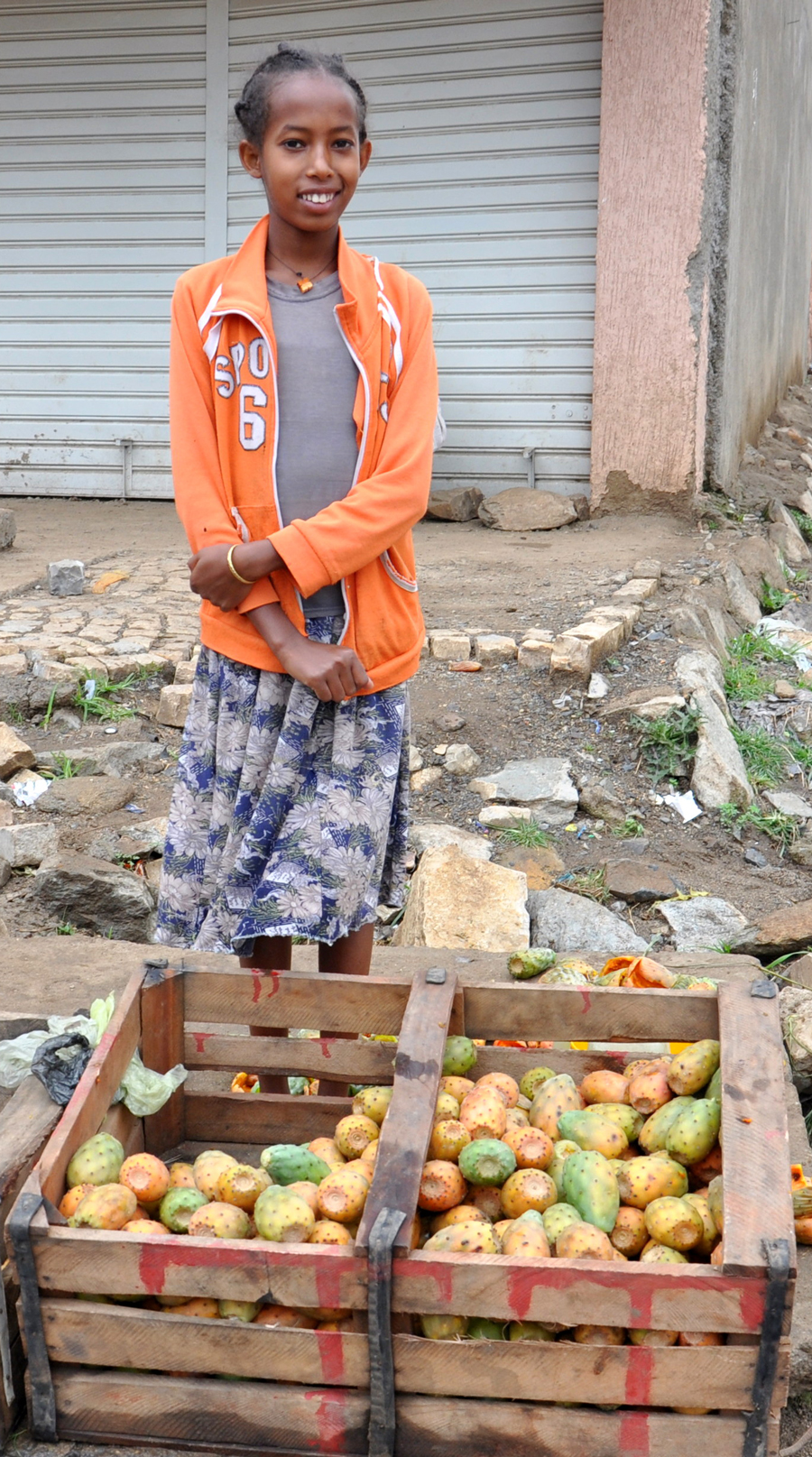 One natural food I especially love in Ethiopia is called 'Belas' or in English 'Prickly Pear' which is the fruit of a cactus. It’s deliciously sweet and famous traditional medicine for diabetes and a host of other ailments. All that aside, I was there just when they were in season. Probably the most typical ethnic Ethiopian food is Injera, a spongy fermented flatbread served in every household and restaurant made of teff flour. Most Ethiopians appear to be vegetarian most of the time for several reasons: one, meat is expensive, and two, most people are rural and don’t have electricity for refrigerators to keep meat. So
One natural food I especially love in Ethiopia is called 'Belas' or in English 'Prickly Pear' which is the fruit of a cactus. It’s deliciously sweet and famous traditional medicine for diabetes and a host of other ailments. All that aside, I was there just when they were in season. Probably the most typical ethnic Ethiopian food is Injera, a spongy fermented flatbread served in every household and restaurant made of teff flour. Most Ethiopians appear to be vegetarian most of the time for several reasons: one, meat is expensive, and two, most people are rural and don’t have electricity for refrigerators to keep meat. So
All this may seem far afield from Kung Fu in Ethiopia, but not really. The term “Kung Fu” really refers to acquired skill - through high level discipline - over time, and I’d argue that learning to live life simply and with virtue, including cutting down on meat, and surviving in the hardest of times, like famines, war and extreme poverty - is one of the highest levels of Kung Fu
Yes, Ethiopia is ranked 21st poorest country in the world with an average per capita income of $1,916 per year, but that includes the “rich folks,” which if subtracted out, leaves most people surviving on less than a dollar a day. Yet, they survive, and still, based on my research and photos, mostly seem pretty happy. That is an acquired skill and Wushu masters like Tofik and Teshome help make that possible. I salute them and all masters that teach the life skills necessary to mold “everyday people” into masters of their own destinies.
About
Gregory Brundage :
![]() Gregory Brundage has had a 40 + year interest in and practice of Chinese Wushu, and an even longer interest in ancient civilizations and the Silk Road. He currently is a high school teacher in Beijing who travels the Silk Road in search of martial art masters on his vacations.
Gregory Brundage has had a 40 + year interest in and practice of Chinese Wushu, and an even longer interest in ancient civilizations and the Silk Road. He currently is a high school teacher in Beijing who travels the Silk Road in search of martial art masters on his vacations.
![]() Print Friendly Version of This Article
Print Friendly Version of This Article
















